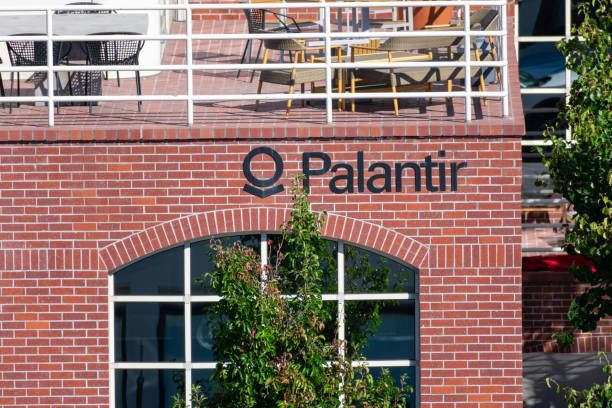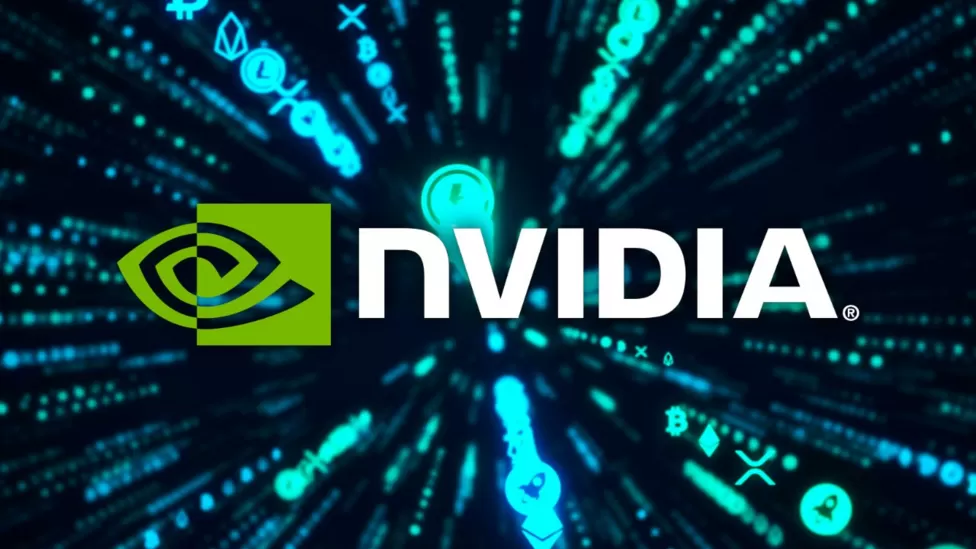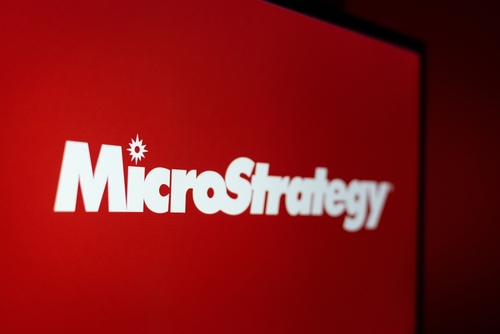Memory Chip Landscape Reshuffled — NVIDIA Lifts SK Hynix to No. 1, Samsung is Fighting Back

TradingKey - In the second quarter of 2025, the global memory chip market saw a historic shift: SK Hynix surpassed Samsung in quarterly memory revenue for the first time, driven by surging demand from its key AI client, NVIDIA, for high-bandwidth memory (HBM). However, the competitive dynamics remain fluid, with Samsung preparing a strong response.
Recent financial results show that SK Hynix reported Q2 revenue of 22.23 trillion KRW ($161.7 billion USD), up 35% year-on-year, exceeding expectations and reaching a record high. Its core DRAM (Dynamic Random-Access Memory) business also captured a higher market share than Samsung for the first time.
On Thursday, July 31, Samsung reported its Q2 earnings, with combined DRAM and NAND (flash memory) revenue totaling 21.2 trillion KRW ($152 billion USD), falling short of SK Hynix’s 21.8 trillion KRW ($158 billion USD) in memory sales.
This marks the first time SK Hynix has become the world’s largest memory chip manufacturer by quarterly revenue.
According to Counterpoint Research, in Q2 2025, SK Hynix held 62% of the global HBM market share, with Micron Technology in second at 21%, while Samsung’s share dropped from 41% a year ago to just 17%.
HBM: The AI Memory Battleground
HBM, DRAM, and NAND serve different functions:
- DRAM is used for temporary storage during active computing tasks
- HBM is a high-performance variant of DRAM, built using advanced 3D stacking and packaging technologies, designed to handle the extreme data throughput required by AI chips
- NAND is used for long-term data storage, offering higher capacity but slower speeds
HBM is now the most profitable and strategically critical segment in memory, driven by the AI boom.
MS Hwang, Research Director at Counterpoint, said that the market has just witnessed a historic shift — SK Hynix’s rise to the top of the memory industry. However, Samsung’s HBM sales appear to have bottomed out in Q1 and show signs of recovery in Q2.
The divergence between the two Korean giants began in the first half of 2024, primarily due to NVIDIA’s explosive demand for AI accelerators and the associated HBM chips.
While Samsung and Micron are working to catch up, most analysts believe SK Hynix will maintain its lead through 2025 and possibly into 2026, thanks to its position as a primary HBM supplier to NVIDIA.
Samsung’s Counterattack
To regain lost ground, Samsung must diversify its HBM3E customer base and pass NVIDIA’s rigorous quality certification, according to Counterpoint.
Currently, NVIDIA has not officially approved Samsung’s HBM3E for use in its next-generation GPUs, citing concerns over thermal performance and energy efficiency.
While awaiting certification, Samsung has taken aggressive steps. After a 94% year-on-year profit drop in Q2, the company plans to significantly reduce production costs and lower HBM3E pricing to win NVIDIA’s business.
This move aims to break NVIDIA’s reliance on SK Hynix and restore competitiveness.
Additionally, Samsung recently confirmed a $16.5 billion partnership with Tesla to produce the next-generation A16 chip in the U.S., a deal expected to boost its foundry and advanced packaging capabilities, supporting its broader semiconductor growth strategy.







